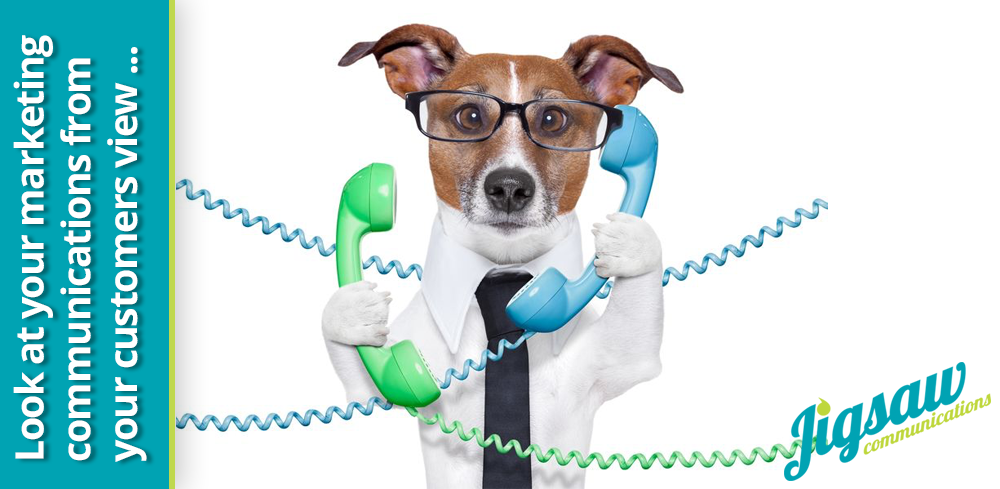Having seen a huge boom in the increase of online business and a greater awareness of the power of social media in recent years, it’ll come as no surprise that your online presence and business communications will always be scrutinised by your current and potential customers.
With so much choice available to your customers, they can afford to be picky and shop around. Successful communication throughout your business will ensure you create strong, lasting relationships with your customers, keeping you firmly in their mind when they require a product or service that you offer.
When your customers think about your business, chances are, they will think about their ‘first impression’, past experiences and dealings with you – not to mention your reputation, of course. There are several ways in which you communicate with your customers; through your blog posts, social media updates, website, newsletters and email correspondence to name but a few. Anything that entails you writing, posting or saying something specifically for the eyes and ears of an audience, regardless of the size (it could be one person, it could be 100), is a form of communication. You can probably see, then, why it is so important to always get it right!
Looking at your business communication through the eyes of your customers is a good way to analyse how you’re coming across and if you’re appealing to your target audience. Take note of the attitude, the tone, timescale (with regards to replies i.e. social media enquiries, emails etc.) and the content information of everything you put out there on the World Wide Web. This means your Facebook updates, Tweets, YouTube videos, Instagram photos, Google+ and LinkedIn articles, monthly newsletters, emails, web content and anything else where you connect and communicate with people.
The key things to think about are:
- Don’t be a ‘Scrooge’, be approachable – are you inspiring people to make contact? A poor miserable attitude won’t motivate anyone to find out more about what you offer, whereas a happy and enthusiastic business will draw people in.
- Knowledgeable – are you a leader of your sector? Make sure you demonstrate your extensive knowledge and experience with hints and tips, industry news and anything else your customers may find useful – knowledge equals trust, which then equals healthy customer relationships.
- Correct use of spelling and punctuation – nothing says ‘unprofessional’ more than a poorly written blog post or an email riddled with grammatical errors. Make sure you read through and check what you have written – it may take 5 minutes but you can be sure you’re putting professional, well written content out there for all to see.
- Be irresistible – your potential customer will want to do one of the following things; save themselves money, find the best deal/best added value, make money or purchase an experience that is second to none. If your business provides these things you need to communicate them with your customers – let them know what you can do for them!
- Be responsive – endeavour to answer any queries as soon as you can. Leaving it three days until you reply to a potential customer could be enough to put them off, or at the very least give them time to find another business to make a purchase from. Reply to all correspondence in good time to save you missing out on a sale.
- Rate yourself – would you be happy with your service? Put yourself in your customer’s shoes and ask yourself if you’re giving off a good impression? The saying goes ‘first impressions count’, but so do the second, third, fourth… Your aim should be to hold on to your customer, so make sure your communication is always the best it can be.
It’s important to remember that communication isn’t restricted to conversation over the phone or in person. When you understand this you can begin to look at everything you write, share and comment on and evaluate whether you’re communicating in the best and possible way to further your business. Everything exists in communication! Ensure you are getting your business ethos, personality, and benefits of your product and/or services across!











